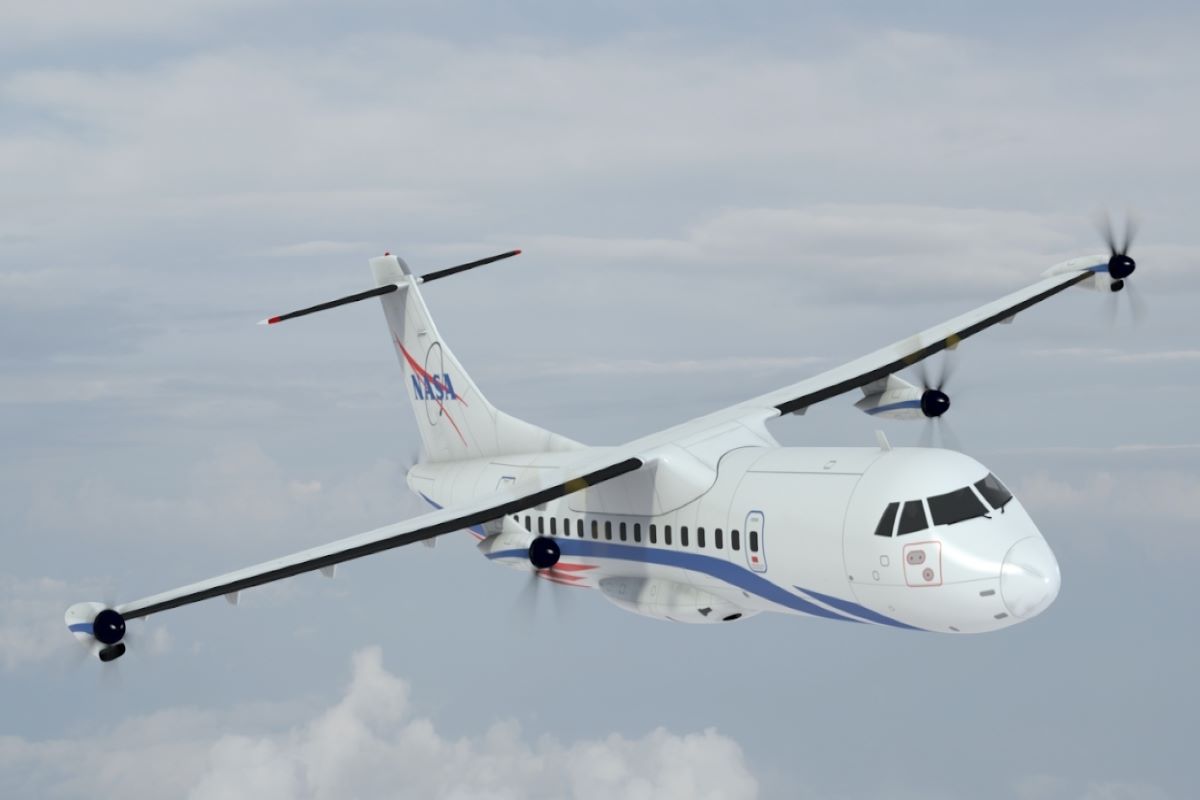Through partnership with the industry, NASA wants to advance design and modelling tools pertinent to future aircraft products with an Electrified Aircraft Propulsion (EAP) system.
EAP electrical systems are being developed to replace or boost fuel-burning aircraft propulsion systems, analogous to how electric or hybrid motors are used in automobiles.
Advertisement
The US space agency is also seeking proposals for ground and flight demonstrations of integrated megawatt-class powertrain systems for subsonic aircraft.
The deadline for proposals for this solicitation is 5 p.m. EST on April 20, NASA said on Tuesday.
The demonstrations will help rapidly mature and transition integrated EAP technologies and associated EAP vision systems for introduction into the global fleet by 2035.
Integrated EAP concepts are rapidly emerging as potentially transformative solutions to significantly improve the environmental sustainability of the next generation of subsonic transport vehicles.
“The release of this request for proposals represents an important next step as NASA partners with industry to further mature critical EAP technologies through demonstrating integrated megawatt-class powertrain systems in flight,” Lee Noble, NASA’s Integrated Aviation System Program Director, said in a statement.
“These flight demonstrations have strong applicability to sustainable and highly-efficient aircraft powertrain systems that will facilitate continued U.S. competitiveness for the next generation of commercial transport aircraft.”
NASA and industry studies have shown that EAP concepts can reduce energy use, carbon and nitrogen oxide emissions, and direct operating costs resulting in benefits for both the public and the airline operators.
NASA and its industry partners have identified turboprops, regional jets, and single aisle aircraft serving the thin-haul (very short flights), regional, and single-aisle markets as targets of opportunity for this technology.
